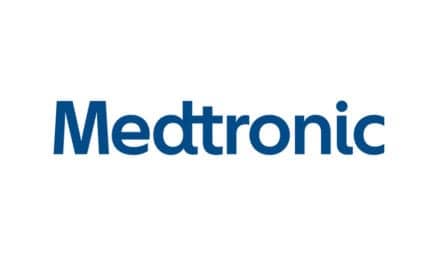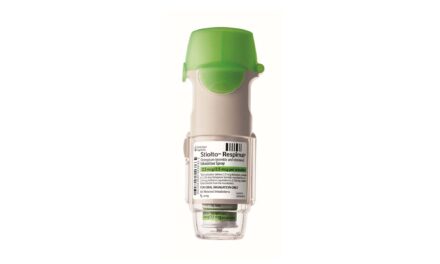RT Magazine spoke with Mikael Strindlund, vice president and general manager of life support systems in the Electromedical Systems Division of Siemens Medical Solutions, New York, about its new ventilator platform and what customers can expect next from the company.
Siemens has a strong presence in various areas of the medical industry. How does this broad base influence the Electromedical Systems Division?
Siemens, acting as a partner with its customers, offers comprehensive solutions throughout the hospital to address the challenges faced in today’s complicated health care environment. We combine medical technologies with industry-leading information systems. Our full-solutions approach to critical care needs helps our customers get the right information, materials, and people to the right place at the right time.
How has the market responded to the release of the Servoi?
The response to the Servoi ventilator platform has been overwhelmingly positive all over the world, and we have far exceeded the sales target for 2002.
What do you think has made Servoi so attractive?
Clinical performance is an area where Servoi is continuing Siemens’ well-established track record in ventilation. Siemens’ state-of-the-art technology, including the Open Lung Tool for lung recruitment, has been highly regarded. With the platform-focused and scalable system approach, Siemens is addressing all patients’ needs, from neonatal to adult, while allowing customers to decide upon functionality and corresponding price level. By adding the possibilities of using Servoi during internal patient transportation, Servoi stands out as a very flexible system. The intuitive user interface is one of many areas where we have received a lot of positive feedback. It is seen as easy to understand and use, and the training time on the ventilator has been drastically cut down.
What can our readers expect from Siemens in the coming year?
Siemens Electromedical Systems has identified a number of important areas to focus on in the coming year, including clinical needs, economical needs, and the use of the ventilator as a part of a workflow. When looking at the history of mechanical ventilation, patient interactive ventilation continues to be a very important area to address. In the area of lung protective ventilation, we clearly see the need to further enhance the tools to find the optimal setting of the ventilator for each specific patient and also to guide the physician, RT, and nurse by monitoring what is happening during a lung recruitment maneuver. Improved decision support can go beyond ventilation therapeutics and bring value in ventilation diagnostics and cardiovascular diagnostics. In the area of ventilation, Siemens strives toward cost-efficient solutions that can support uninterrupted ventilation during transportation of critically ill patients.
With our new ventilator platform Servoi, we have laid the foundation for future development within these important areas. Of course, this will be a continuous approach over time, but by mid-2003, further enhancements and innovative steps in this direction will be visible for our customers.









